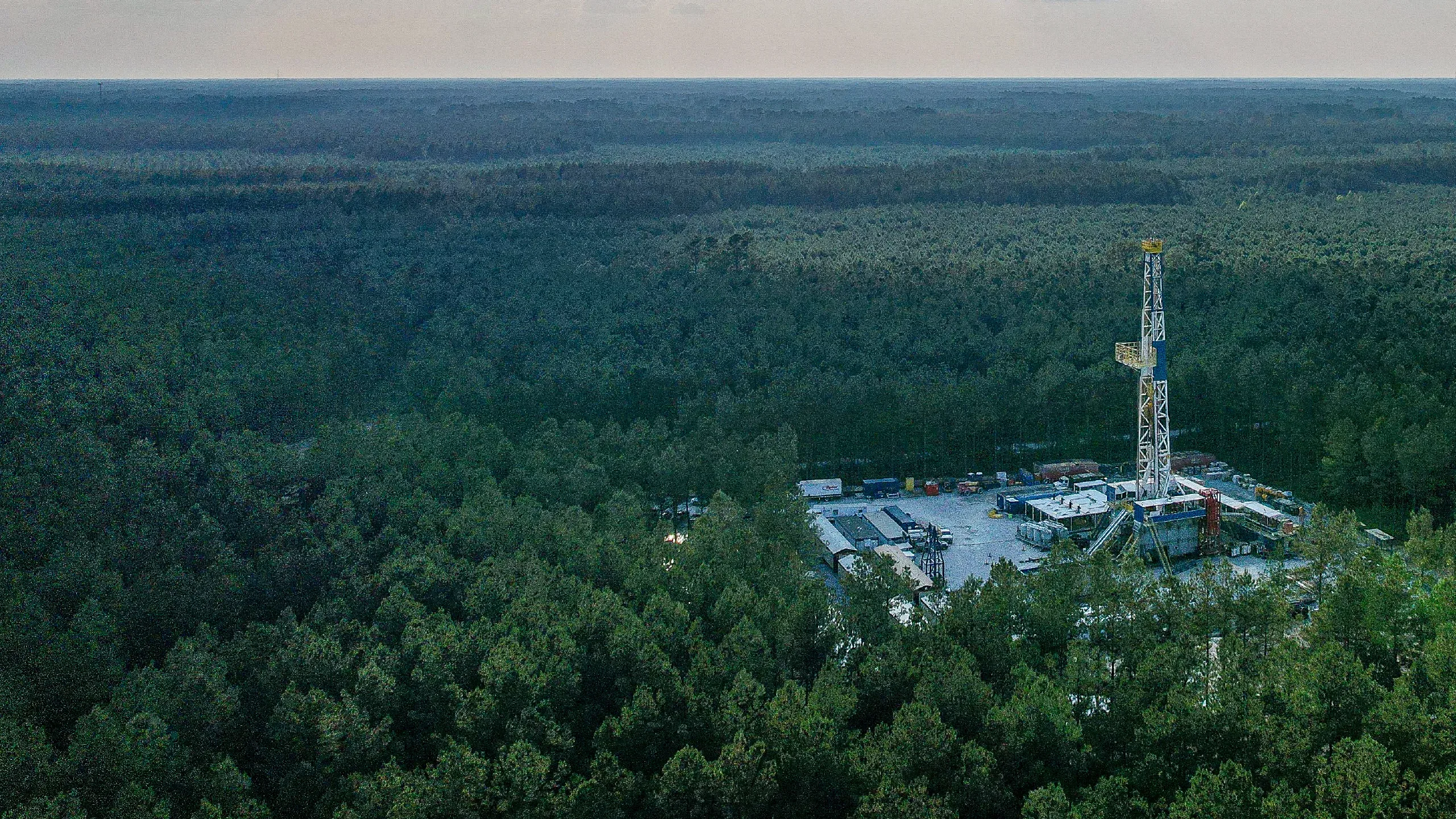
Pelican Hub
1PointFive is developing a carbon sequestration hub in southeast Louisiana that will safely and securely store captured CO2 from industrial processes in geologic formations deep underground. Backed by Oxy’s 50+ years of CO2 management experience, the Pelican Sequestration Hub has reached Final Investment Decision and is moving through the development process.
Project Details
-
Covering more than 30,000 acres across Livingston Parish and St. Helena Parish, the Pelican Sequestration Hub provides scale and infrastructure to support large-volume CO2 storage. The site features dry ground and existing road access, making it well-suited for long-term operations. This strategic location enables the development of low-carbon products and supports emissions reductions from hard-to-decarbonize sectors. The Pelican Hub positions 1PointFive to scale carbon storage across the Louisiana industrial corridor.
-
Injection well depth range:
5,400–7,380 ftLocation:
Onshore Gulf Coast, LACaprock:
- Formation: Upper Anahuac
(Head Lime / Anahuac Shale) - Low permeability (<0.2 mD)
Injection Zone:
- Formation: Frio Sandstone
- High permeability (1,000-2,000 mD)
- Formation: Upper Anahuac
-
CF Industries and its joint venture partners JERA Co., Inc. and Mitsui & Co., Ltd. signed a 25-year offtake agreement for approximately 2.3 million metric tons of CO2 per year. Under the agreement, CO2 captured from the Bluepoint low-carbon ammonia production facility in Ascension Parish, Louisiana, will be transported and geologically stored at 1PointFive’s Pelican Sequestration Hub.
Read Press Release


Quote by Jeff Alvarez

“I believe carbon sequestration is a powerful tool for driving economic growth and strengthening domestic energy infrastructure. As we expand our sequestration hub, we’re committed to working closely with the local community. Safety, transparency, and trust are at the heart of everything we do.”
Jeff Alvarez
President & General Manager, 1PointFive
Talk to Our Carbon Sequestration Team
Have a facility in this region? Interested in carbon sequestration? Reach out to our team today to learn more.
Contact Us
